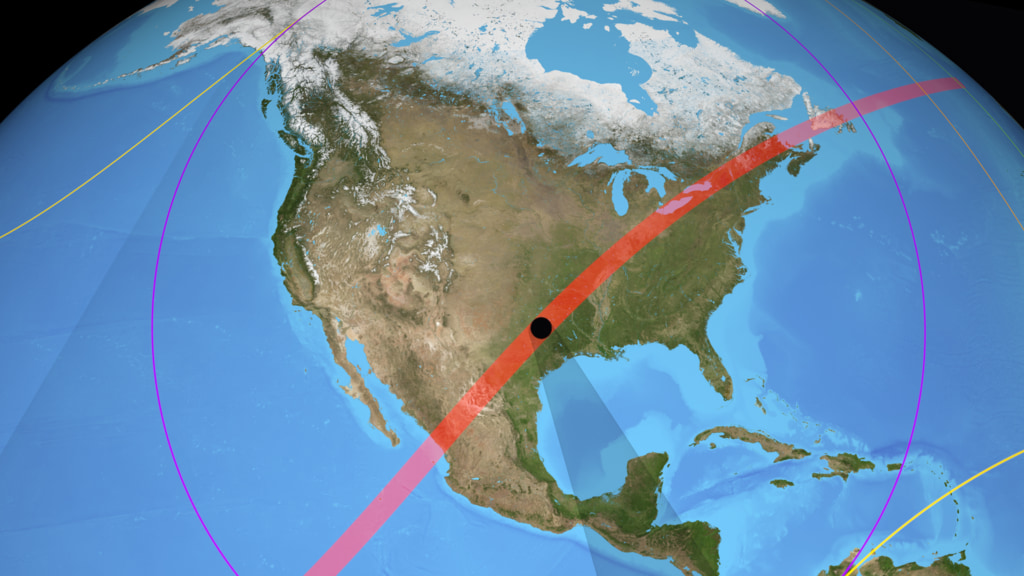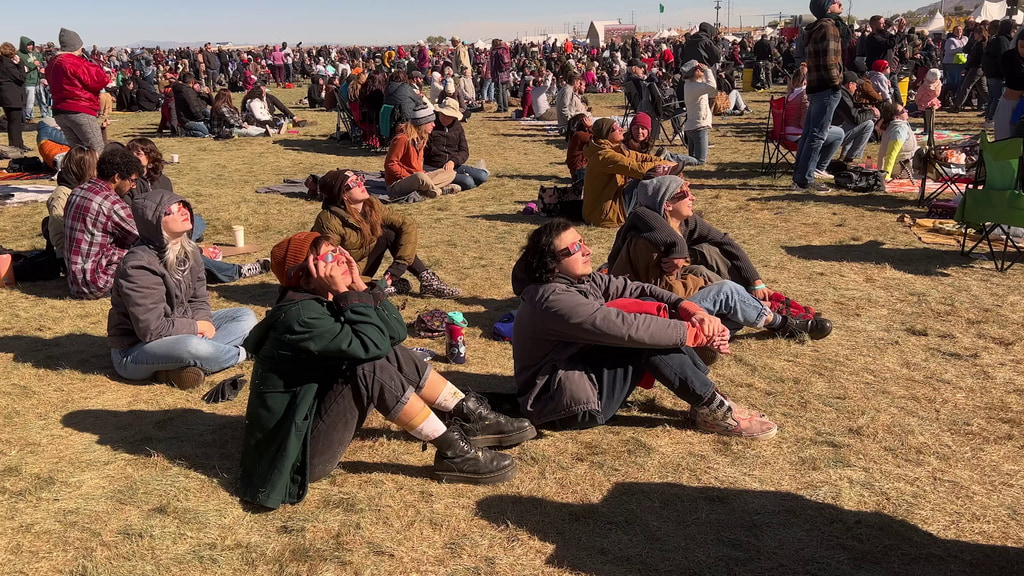AMS Media Briefing: The 2024 Total Solar Eclipse & NASA
On Wednesday, Jan. 31, 2024, at the 104th American Meteorological Society Annual Meeting, NASA scientists participated in an informative media briefing about the April 8, 2024, total solar eclipse. In this briefing, panelists discussed what viewers can see across the path of totality, how they can safely watch the eclipse, and at-home activities to learn about and watch the eclipse. NASA scientists also shared a unique perspective on what it means to see this eclipse during solar maximum, when the Sun is at a period of high activity, as well as the parallels between space weather and meteorology, and space weather’s impact on Earth.
A NASA media briefing on the April 8, 2024, total solar eclipse presented at the 104th American Meteorological Society Annual Meeting on January 31, 2024, in Baltimore, Maryland.
Panelists:
• Dr. Kelly Korreck, Program Manager for the 2024 Eclipse, NASA Headquarters
• Dr. Alex Lockwood, Strategic Content and Integration Lead, Science Mission Directorate, NASA Headquarters
• Dr. Jamie Favors, Director, NASA Space Weather Program, NASA Headquarters
Complete transcript available.

This map illustrates the paths of the Moon’s shadow across the U.S. during the 2024 total solar eclipse. On April 8, 2024, a total solar eclipse will cross North and Central America creating a path of totality. During a total solar eclipse, the Moon completely blocks the Sun while it passes between the Sun and Earth. The sky will darken as if it were dawn or dusk and those standing in the path of totality may see the Sun’s outer atmosphere (the corona) if weather permits.
Map Credits: Michala Garrison and the Scientific Visualization Studio (SVS), in collaboration with the NASA Heliophysics Activation Team (NASA HEAT), part of NASA’s Science Activation portfolio; eclipse calculations by Ernie Wright, NASA Goddard Space Flight Center

A view of the Aug. 21, 2017, total solar eclipse from Madras, Oregon. Credit: NASA/Gopalswamy

A QR code for the NASA 2024 total solar eclipse website.
A compilation of solar imagery collected by NASA’s Solar Dynamics Observatory (SDO.)
For More Information
Credits
Please give credit for this item to:
NASA's Goddard Space Flight Center
-
Producer
- Beth Anthony (KBR Wyle Services, LLC)
Release date
This page was originally published on Friday, February 2, 2024.
This page was last updated on Friday, February 2, 2024 at 3:27 PM EST.



![Watch this video on the NASA Goddard YouTube channel.Complete transcript available.Music credit: “Easy Breezy” by James Alexander John Welland [PRS] and Thomas Trueman [PRS] from Universal Production Music.](/vis/a010000/a014300/a014395/14395_AreYourEclipseGlassesSafe_Thumbnail.jpg)
![Credit: NASA's Goddard Space Flight CenterWatch this video on the NASA Goddard YouTube channel.Music: “Nanofiber” by Andrew Michael Britton [PRS], David Stephen Goldsmith [PRS]; “Climbing the Ladder” by Jose Tomas Novoa Espinosa [BMI] via Universal Production MusicComplete transcript available.](/vis/a010000/a014300/a014392/14392_Thumbnail.jpg)
